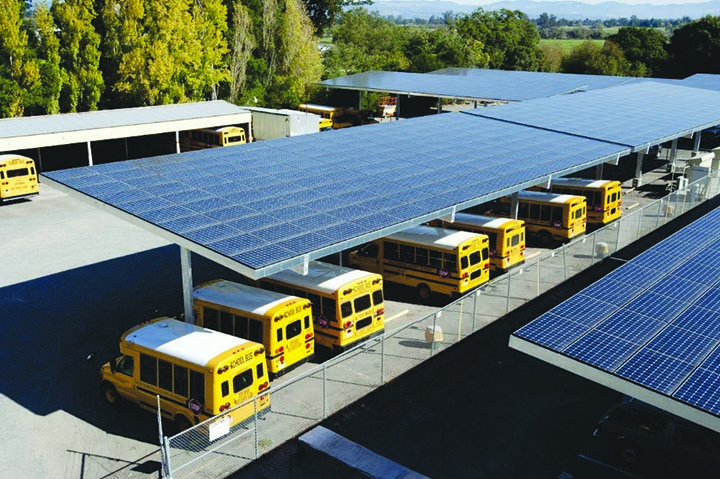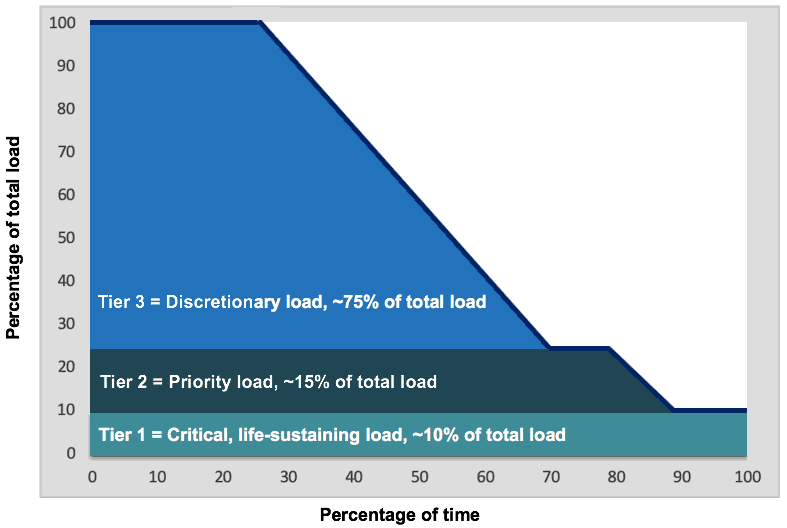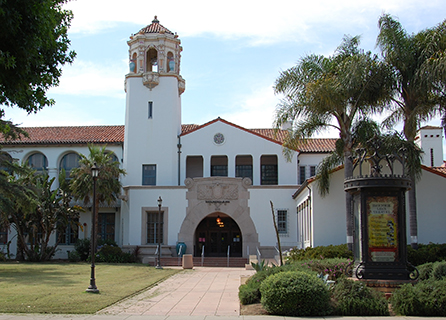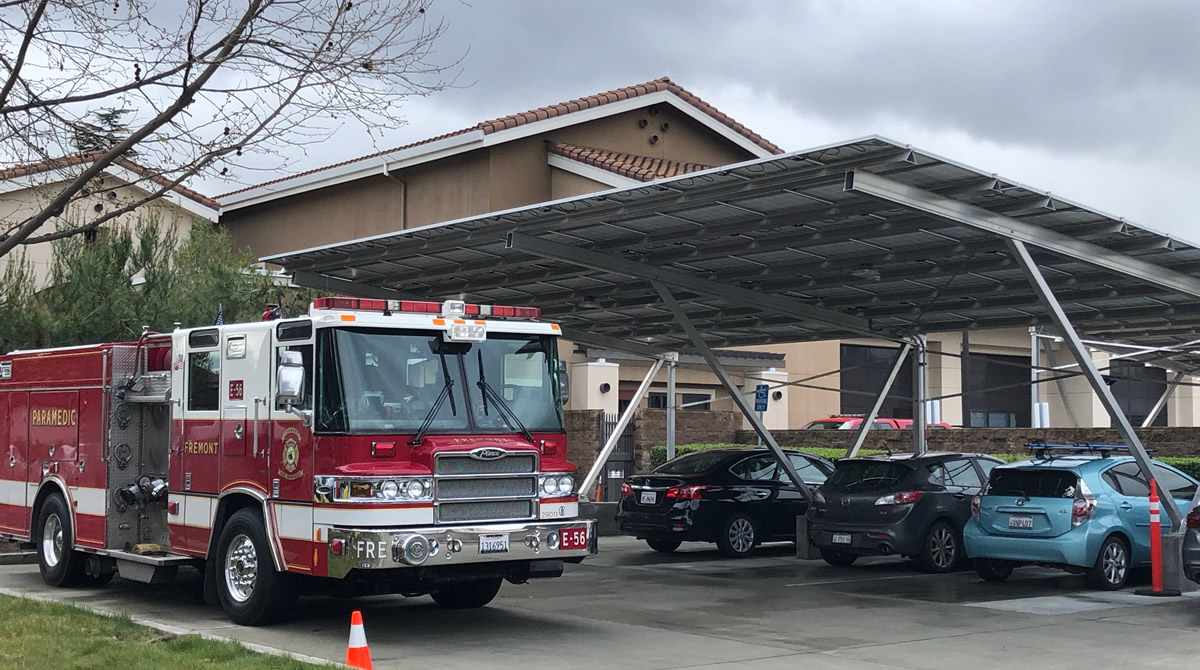The Santa Barbara Unified School District (SBUSD) in California is on a path to become heavily invested in microgrids for resilience. The district is considering a renewable energy microgrid for each of its 21 schools, turning them into emergency shelters or command centers in the case of a power outage or natural disaster. The microgrid plan also aims to save money on utility bills and lower carbon emissions to a “net zero” level through the switch to renewable energy.

Santa Barbara is located at the very end of a single transmission line pathway that winds through mountainous landscapes prone to fire, earthquakes and heavy rains. The coastal city of close to 100,000 people and its neighboring towns have already weathered severe wildfires in recent years, and in their wake, devastating mudslides. Santa Barbara city officials, citizen activists and the school board are proposing microgrids to lower the risk, and they are not alone. Many other California cities are looking to microgrids to provide safer and more reliable power in the wake of massive power cuts last summer – a policy utilities have undertaken to avoid starting new fires.
The organization leading the Santa Barbara schools project is the non-profit microgrid advocate Clean Coalition, in partnership with Sage Energy Consulting. According to Executive Director Craig Lewis, the organization is in the process of preparing an RFP for project developers, which should be ready in March of 2020. “We are doing pre-feasibility analysis and preliminary design now,” he says. “We are sizing the solar systems to determine what it will take to get to net zero with these properties, and sizing the storage to get indefinite solar-driven backup power to the most critical loads in case the grid goes down.” Net zero, Lewis explains, means that the solar energy generated by the school district will produce 100 percent of the electric power needed on an average day, a situation that will occur about half the days of the year. On the other days, the systems will either over-produce and sell the energy back to the utility, or on (rare) rainy winter days, they might draw power from Southern California Edison, the regional electric utility.

The Santa Barbara schools microgrid project will also provide EV charging stations as a service to the community, Lewis explains. “Santa Barbara is unusual in its wide income distribution. There are some very wealthy people and also some lower-income people. Also, people living in multi-family housing have challenges with electric cars. The school district wants to be a community player and let people charge their vehicles at night,” he says.
HOMER software will help the Clean Coalition in the preliminary design phase
The Clean Coalition is using HOMER software to develop viable preliminary designs, which will then be incorporated into RFPs and provided to the builder/owner/operator that will be selected to own and operate the solar+storage facilities through a master power purchase agreement (PPA) with the school district. The HOMER software will help size the systems, determining the optimal amount of solar PV and battery power at each location and calculating the costs. It’s likely that all the solar PV for the schools will be installed as parking lot canopies instead of rooftop solar, partly because it’s challenging to get the Division of the State Architect (DSA) to approve solar on buildings that house schoolchildren.

With respect to the EV charging stations, the Clean Coalition is partnering with HOMER Energy to help test a new EV design module in the HOMER Grid software (due for release in the spring of 2020). The Clean Coalition says they will anticipate EV charging needs over the next 12-24 months, but then they may have to recalculate, since EV charging is growing rapidly in Southern California. “A major challenge is determining demand charges.” says Lewis. “That’s going to be one of the more complex issues we have to figure out.” HOMER Grid, with its integrated North American utility database, is designed for precisely that purpose, calculating the ability of complex distributed renewable energy systems to lower energy costs – demand charges in particular.

Cost, regulations and other barriers to community microgrids
It’s estimated that the Santa Barbara schools microgrid project will cost approximately $40 million. But the schools will avoid incurring any upfront cost by purchasing the power generated through a PPA, with the systems owned by a builder/owner/operator. Lewis says he anticipates that the schools should be able to lower their current utility bills, or at worst, pay the same amount they currently do to Southern California Edison. What the community will reap in terms of benefits can’t be quantified precisely, but Lewis describes it as a “trifecta” of positive outcomes, including economic, environmental, and resilience benefits.
Looking forward: A community microgrid for the entire Goleta Load Pocket

The Santa Barbara schools project is only one step in a larger plan, Lewis says, which is to turn the entire community into a system that can function independently from the transmission grid and that can keep the maximum number of customers online during any types of grid outages. Called the Goleta Load Pocket Community Microgrid, the project would be composed of multiple networked microgrids, and encompasses an area that spans about 70 miles of the California coastline, including Santa Barbara, Goleta, the University of California at Santa Barbara, as well as Montecito and Carpinteria. In 2018, massive mudslides killed 23 people and destroyed 400 homes in Montecito, where the surrounding hills had been destabilized by Thomas Fire just two months prior. Two new microgrids are already being staged in Montecito, for the fire district and for a community school, with construction anticipated to take place this year, according to Clean Coalition Communications Director Rosana Francescato. That will form two early building blocks of the Goleta Load Pocket plan; the Santa Barbara schools would add 21 more. Ultimately the plan would require about 200 MW of solar across the community. According to the Clean Coalition, that’s only five times more than the solar that’s installed in the Goleta Load Pocket already, and only 7% of the area’s solar siting potential on existing rooftops, parking lots and parking structures.
To learn more about the Santa Barbara schools microgrid project and the Goleta Load Pocket Community Microgrid, please visit the Clean Coalition website.

This is great news that the district Santa Barbara is considering a renewable energy microgrid for each of its 21 schools.
Thank you for your comment Victoria. We hope to continue tracking this project as it develops, and keep you up to date.
All the best,
Lili Francklyn